Wine Predator Blog
“Curious About Carignan?”
by Gwendolyn Alley
October 29, 2020
"…According to Gates in a Carignan Day webinar today, Oct. 29, 2020 led by Fred Swan, Carignan brightens acidity, brings out aromas, and pushes fruit flavors forward.
"Curious about Carignan? Or is it Carignane? Maybe Cariñena?
"Either way you spell it, this ‘bistro style wine with good tannins but not too much’ says Gates, works on its own or blended– and it should show up more often in your glass and mine!
"…With climate change, we may be seeing more Carignan grown in California because, according to Gates, it handles heat, including night time heat, well. In fact, the warmer the wether, the better the yield. It’s also a great mildew indicator– ‘the Carignan in the coal mine,’ someone joked.
"Edgar Torres of Bodega de Edgar in Paso Robles says Carignan brings color, structure, and acidity; he finds Carignan to be broody, a bully at a punk rock show, that can elbow others aside. He loves the fresh earth flavors and the aromas of petrochor.
"…2018 TerraNoble Gran Reserva Carignan
ABV 13.5%; SRP $19; sample for my ZOOM participation
"…Palate: Plum up front, cherry on the finish, super fruit forward, lots of acidity, sweet tart, big surprising overwhelming acidity. This wine needs to lay down a bit. It is young tart and vivacious. If that is your thing, than this is the wine for your. Sue recommends that it lay down for a few years to be truly enjoyed, but I really loved it!
"…2017 Longboard Carignan
tasted in the Longboard tasting room
"Vicenzo Vineyard has 90 years old Carignan! In 2017, Longboard sourced Old-Vine Carignane from Mendocino County where the Grazziano family had farmed this vineyard for 90 years and these truly ancient vines produce a great wine chock-full of cherry and plum flavors and a well-balanced structure.
"…2007 Storrs Carignane, Santa Clara County CA
purchased in their Santa Cruz tasting room long ago
"With so much development in Santa Clara County, I wondered aloud in the chat whether these grapes are still above ground, and Ridge’s David Gates assured me ‘Yes’ — he even knows where they are. Not sure who is making wine from those grapes– Carignan (no matter how you spell it) doesn’t show up on the Storrs website.
"Honestly, I didn’t expect much from this wine at 13 years old but WOW. Super enjoyable. I’d definltly buy it again if I could. I’m also a fan of their Rusty Ridge Petite Sirah.
"Color: Garnet, medium plus density
"Nose: Earthy funk, red fruit, herbs.
“Palate: Plenty of tart cherry fruit, acidity, earthy complexity…”.
Read the full piece at the Predator Wine blog: Link
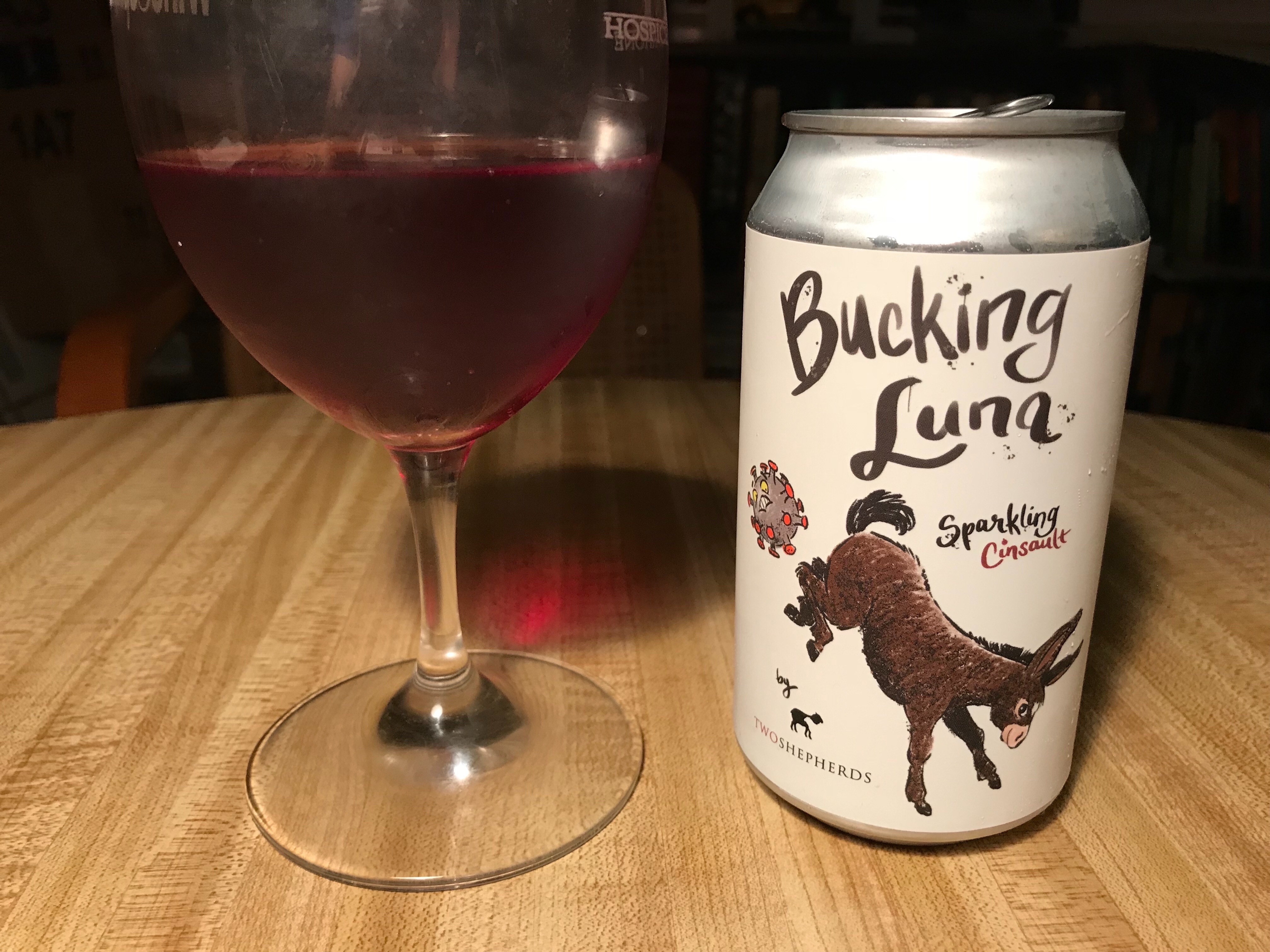
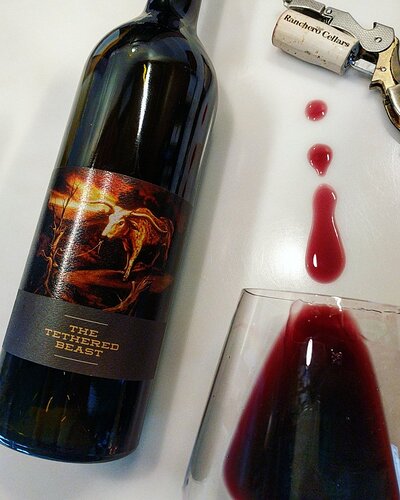
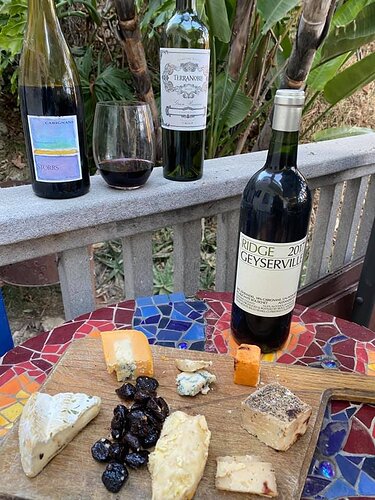
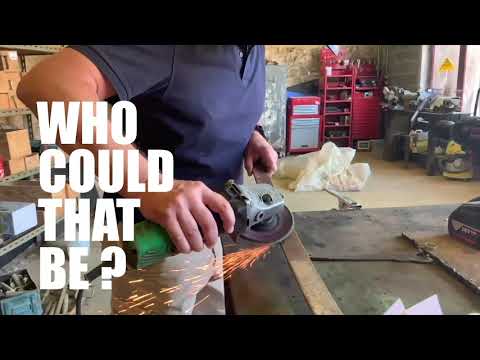

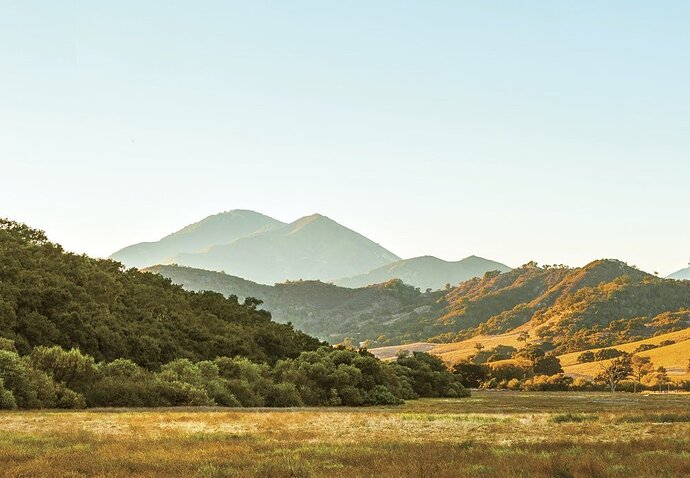
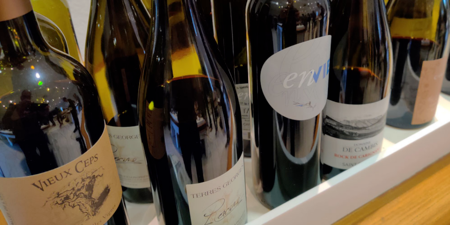
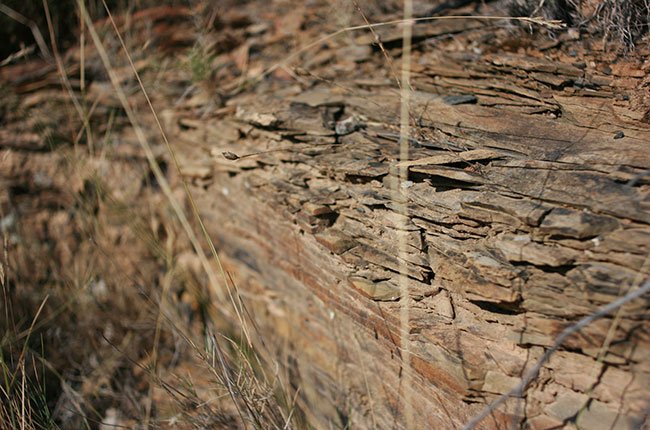

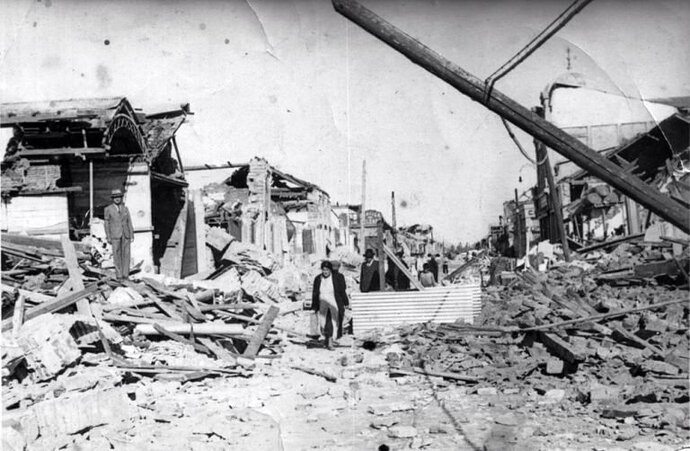
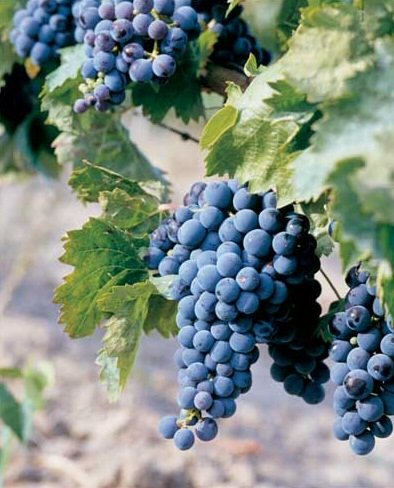
![1996-Carignan-Oat-Valley[1].jpg](https://www.wineberserkers.com/images/transparent.png)

